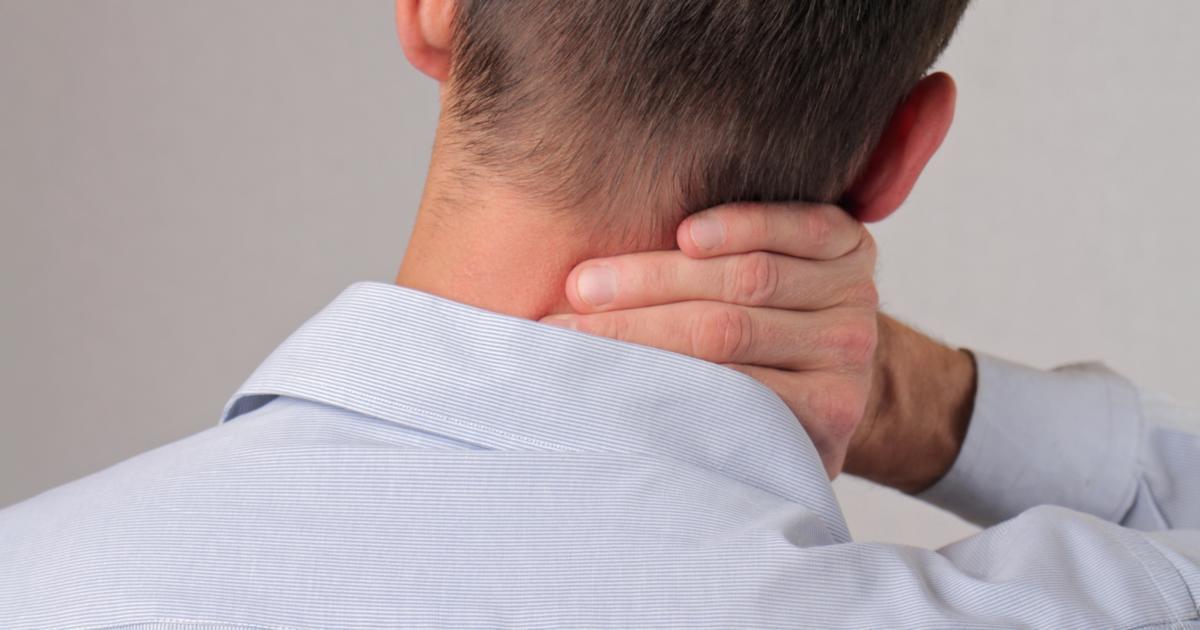Serious Warning Signs Of A Spinal Cord Injury
Loss Of Movement
An individual who has experienced a spinal cord injury may have a loss of movement, though the extent depends on what part of the spinal cord has become injured. Injuries in the cervical spinal cord can cause the patient to lose the ability to use all of the muscles underneath the injury, including those that help them breathe. If the injury is located in the bottom part of the cervical spine, the patient may retain the functionality of the muscles they need to breathe on their own and move their shoulders. However, they would be unable to move any of their limbs. Injuries that occur in the spinal cord at the thoracic level can result in loss of movement in the abdominal muscles and below with the exclusion of the hands. Lower thoracic spinal injuries may leave the individual some function in their abdominal muscles but lose movement ability in their hips and below. Lumbar level spinal cord injuries do not often cause complete loss of movement in all of the legs, but may cause movement loss below the knee or closer to the feet.
Read about more spinal cord injury symptoms now.
Extreme Pain Or Pressure In The Back, Head, Or Neck

Some individuals injure their spinal cord in such a way that the nerve fibers in the cord get damaged or even become severed. This mechanism is similar to how a bundle of small wires inside of plastic insulation cord becomes unraveled when the cord is cut. The nerve fibers are very sensitive and cause a considerable amount of pain in the neck, back, or even the bottom of the head when they become inflamed due to partial severance. Often, the spinal bones will cut into the spinal cord tissue and cause this type of incomplete spinal cord damage in an affected individual. Bones can be quite damaging to other tissues in the body like nerves and blood vessels when a sudden impact causes them to come into abnormal contact with other tissues. This process becomes even more severe when the bones in an individual's spine break from an injury, leaving sharp edges to come in contact with soft body tissues. A patient who experiences a spinal cord injury may feel extreme pressure in the neck, back, or head if the bone compresses the spinal cord tissues instead of severing them.
Continue reading to reveal more indicators of a spinal cord injury now.
